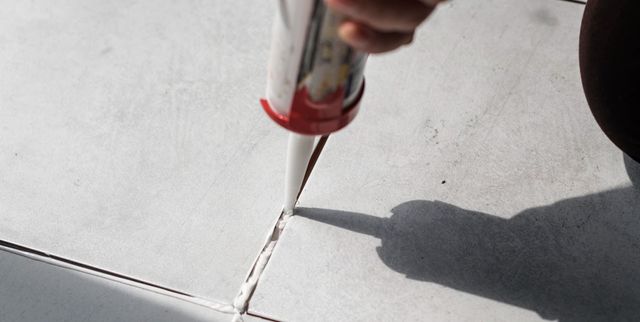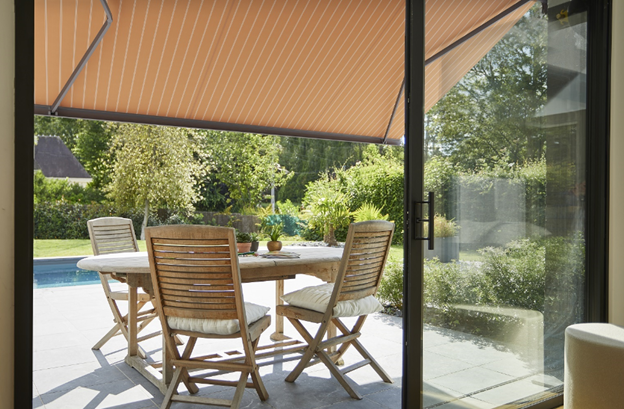Selecting the right color palette for your rental property is a crucial aspect of home improvement. Savvy investors know that interior design influences the property’s aesthetic appeal and tenant satisfaction, going a long way in affecting your bottom line. Hence, property owners should prioritize picking the right palette.
Colors psychologically impact mood and perception, making it essential to choose hues that resonate with your property’s atmosphere and style. Are you aiming for a timeless and neutral vibe? Do you need insights into creating visually appealing spaces that attract and retain tenants? This article guides landlords on navigating the nuances of selecting a color palette and balancing quality with cost. So, let’s get started:
Table of Contents
Choosing a Color Palette for Rental Properties
Location and Climate
When deciding on a color palette for your rental property, several factors can significantly impact its overall appeal and marketability. One of the most reoccurring factors is the location and climate. Consider the geographical setting and climate of your property. Tenants in coastal areas may benefit from serene blues and greens, while warmer tones may complement properties in sunnier regions. Likewise, neighborhoods with young professionals would favor homes with a neutral palette, while rentals in vibrant colors would be in high demand in New Orleans during Mardi Gras.
Use Neutral Colors for Universal Appeal

Opt for neutral tones for broad tenant appeal. While location is a huge factor in whether it’s best to play it safe or spice it up, most rentals would benefit aesthetically from keeping it neutral. Whites, grays, and beige create a versatile backdrop, allowing tenants to personalize the space with their furnishings. They also match well with other colors like greens and blues, which could be better suited to your location and climate. Hire a local property manager in Harford County to suggest color combinations that attract tenants.
Consider Lighting Conditions
Assess natural light in different rooms. Lighter colors can enhance brightness in spaces with limited natural light. Brighter tones can make a room look bigger due to light reflection, especially with a well-placed mirror. On the other hand, darker tones add coziness to well-lit areas.
Accents for Personality
Introduce pops of color through accents to add more personality to your rental. Adding items like throw pillows, artwork, or minor furnishings can make your rental pop creating visually stimulating prompts for prospective tenants. This tip is convenient for property owners with furnished apartments trying to create a more homely feel. Accents add personality without overwhelming the space or clashing with your neutral palette.
Long-Term Versatility
Finally, the last thing you want is to go out of style, so choose a timeless palette. This decision will minimize the need for frequent updates and save you more money in the long run. Besides, it ensures your property maintains broad tenant appeal over the long term.
How to Balance Cost and Quality when Choosing Color Combinations
● Bulk Purchases
Creating an appealing color palette for your rental property doesn’t have to break the bank. Buying paint in larger quantities can often result in discounts. Plan your color scheme when choosing a paint color for a rental home. Such proactive decisions allow you to purchase paints in bulk and save on overall costs.
● Explore Mid-Range Brands
Quality only sometimes correlates with high prices. Instead of being in a hurry to spend, ask questions and explore your options. Many mid-range paint brands offer durability and a wide range of colors at a more affordable price.
● Prioritize High-Traffic Areas
Invest in higher-quality paint for areas prone to wear and tear, such as hallways and living rooms. These places are more likely to retain dents, smudges, and scratches, so they should have a high-quality and durable covering. If you can afford a different quality throughout the house, you can opt for more budget-friendly options in less frequented spaces like closets.
● Consider Feature Walls
Designate a single wall in each room for a bolder or pricier color. This feature adds visual interest without requiring a significant investment in high-quality paint for the entire space.
● DIY Painting
Finally, save on labor costs handling the painting yourself or within your property management team. A DIY approach can yield professional-looking results with proper preparation and attention to detail.
By strategically allocating resources and being mindful of high-impact areas, you can achieve an aesthetically pleasing color palette for your rental property without compromising your budget.
Conclusion
Choosing the right color palette for rental properties contributes to a welcoming and adaptable living space, enhancing the property’s overall desirability and tenant satisfaction. Factors like location, lighting condition, and long-term versatility should inform your palette choice.
Of course, once you’ve decided on the right tone, crafting a cost-effective yet visually appealing and high-quality outcome is equally important. Landlords can strike a balance between cost and quality leveraging strategies like bulk purchases, exploring mid-range brands, and prioritizing high-traffic areas. Remember, creating a welcoming space for tenants doesn’t necessitate extravagant spending. A professional property management company with strategic planning and a keen eye for design can help you enhance your property’s appeal while catering to the diverse tastes of prospective tenants and staying within your budget.




